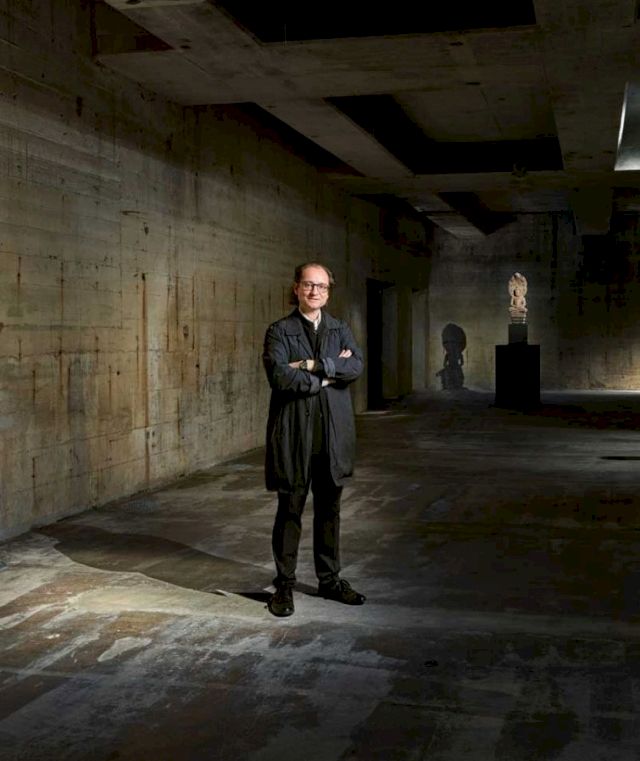BMW Art Guide by Independent Collectors
Désiré Feuerle
The Feuerle Collection – Berlin, Germany

How important is having the title of “collector” to you?
I am a connoisseur of beautiful pieces, but the beauty I see in pieces are often not necessarily considered beautiful. This is a very personal choice. The accumulation, or the need to have these things around us makes us a collector.
Does your collection follow a specific theme or particular artists?
Yes and no. The artwork has to seduce me. I am open to very different things, but there is a red line through my collection, which is beauty.


Do you have a personal relationship with the artists you collect?
Yes I do have, even with artists who are dead since centuries. I try to connect with them.
Is there an artwork that you love but can’t live with due to size, medium, or value?
The size of some works can sometimes be a problem.
In your opinion, what mistakes do young collectors make?
They buy with a lot of enthusiasm, but often they have not seen enough, which is important in order to choose well.
What mistakes did you make when first starting on your collecting journey?
Real mistakes I didn’t make, but the more I have seen the more I have sharpened my eye.


What has the reaction been like from visitors of your collection since making it publicly accessible?
Many of our visitors are very emotionally touched. It has had an impact on them. It is an experience, which gives them good energy and many of our visitors talk about this like they would have gone through a gate, which calms them down creating an inner peace.
Does this reaction impact you and what you collect?
This of course makes me very happy. However, I always follow my personal intuition and go my own way. And as I mentioned before, I am very interested and open to many things. When I see new interesting opportunities I go for them. What people think or tell me is nice to hear, but it doesn’t influence my decisions. I believe very much in my own judgment and criteria.

How has the attitude to collecting changed since you began?
Today collecting is part of a lifestyle. It seems to be like a kind of new religion for some people. However when I started it was very different – It was a small group of collectors compared to today. The contemporary art collectors were considered to be a bit crazy and it was still part of a dinner conversation to discuss nonsense or relevance of artists like Joseph Beuys, Cy Twombly and Martin Kippenberger, just to mention some artists who are icons today.
Today everything is accepted and considered new and interesting. But maybe it's too much, maybe to have a bit more selection would not harm.
Which publicly accessible private collection would you recommend visiting?
For me a personal landmark was always the Dia Art Foundation, the Chichu Art Museum in Japan, Fondation Beyeler and de Menil Foundation.
All images courtesy The Feuerle Collection, Berlin
More Information on Feuerle Collection